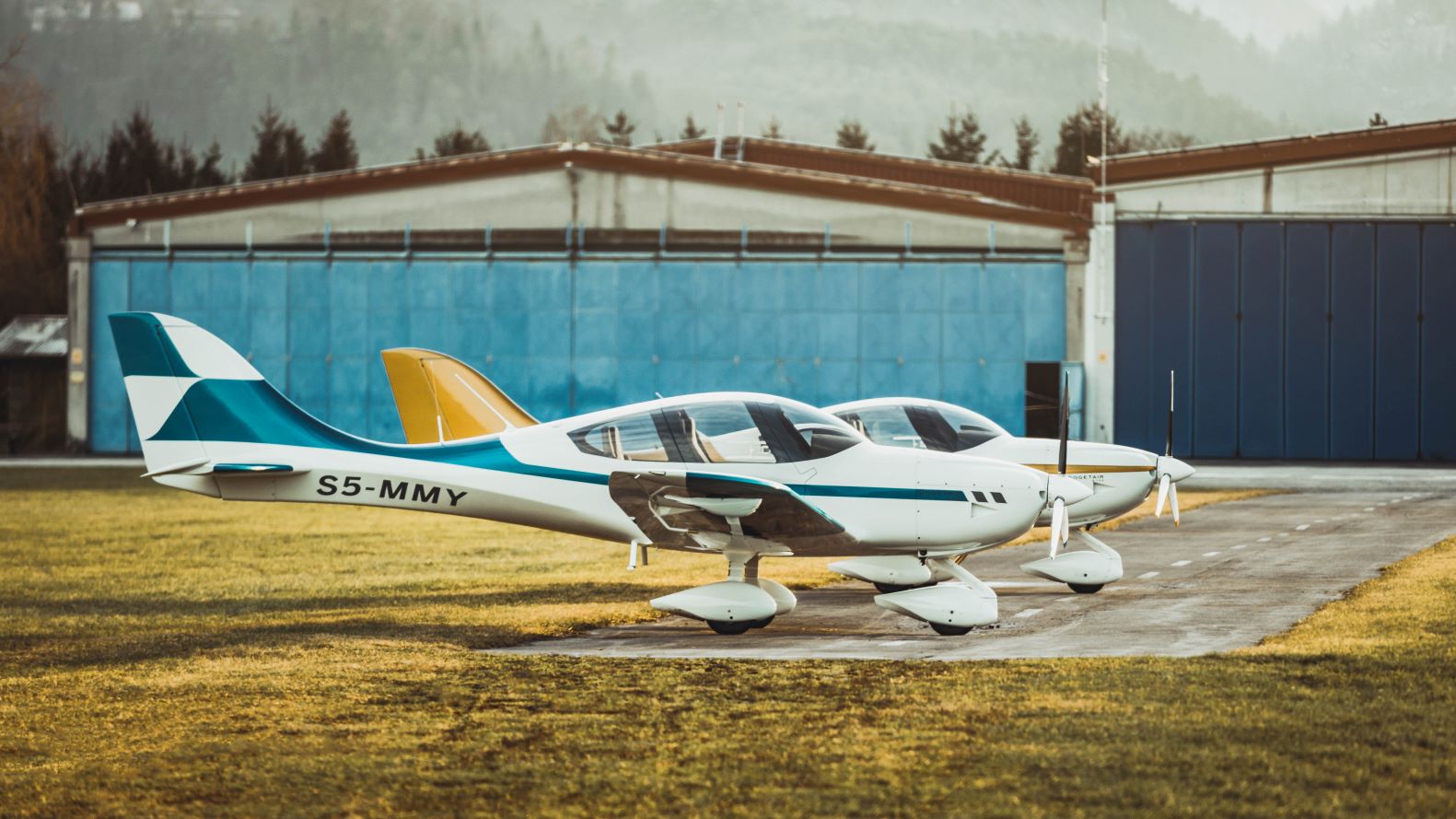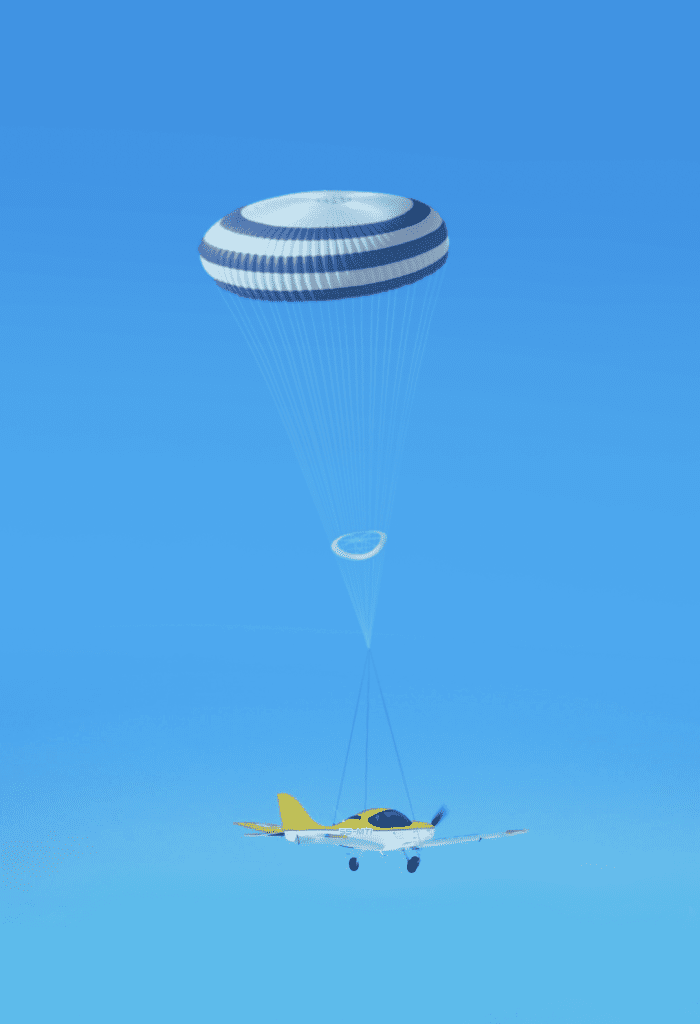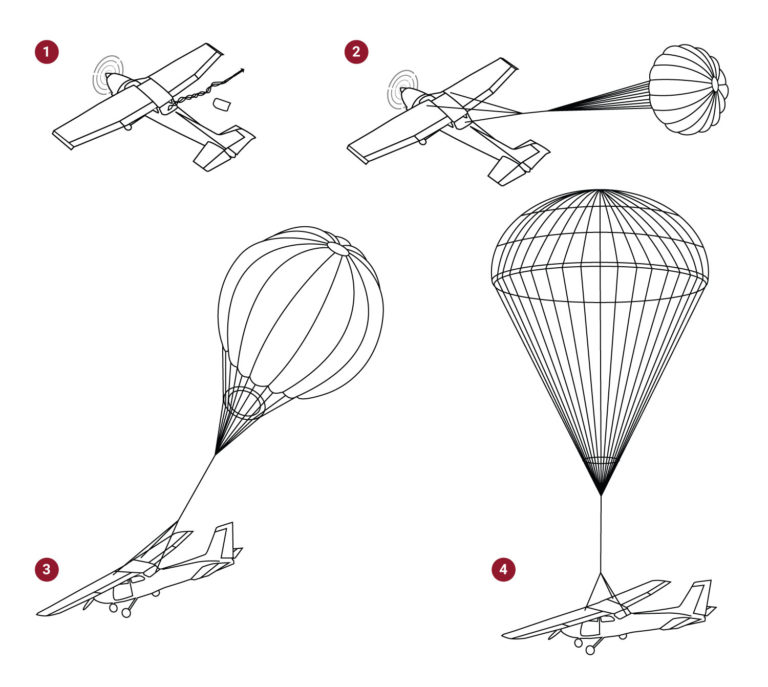There are 2 types of people, the ones that feel the need for speed and the ones that just want SAFETY

STANDARD SAFETY FEATURES
Even in its basic configuration, GOGETAIR is equipped with a lot of safety features, such as:
- airframe parachute
- 3D passenger compartment roll safety cage
- doors designed to be opened in case of a roll-over
- full Kevlar cabin interior for protection from object penetration
- “single-spar” design – both spars overlap and are bolted together to the fuselage, adding to construction stiffness and safety
- FEM designed and tested cabin construction with car-style crash resistance
- 4 mm certified glass front windshield for bird and other object penetration protection
- intelligent engine management (when throttle is applied, you touch choke, parking brake and carb heat if they are applied – ON)
- Panel retracts in case of crash
- three hinges on every moving surface – four on the flap
- glide ratio of 17.5 for lower fuel consumption and higher safety in case of engine failure
- adjustable seat and pedals
- grouped switches with clearly recognizable positions
- integrated emergency release out of the way, easily accessible
- warning lights in best eye scan position between inside and out
- glove compartment to store POH, camera or additional charts behind (optional) iPad mount
- side-sticks (optional in experimental version), centre-stick standard

GOGETAIR AIRFRAME PARACHUTE SYSTEM : GAPS

Every GOGETAIR aircraft is equipped with BRS Whole Aircraft Rescue Parachute System. The landing gear and firewall are a part of the structure designed to be crushed for energy absorption during impact after parachute deployment. A small solid-fuel rocket housed in the front fuselage is used to pull the parachute out from its housing and deploy the canopy full within seconds. The goal of employing this system is the survival of the crew and passengers.
Whether you view a BRS Whole Aircraft Rescue Parachute System as your last resort or your first line of defense, it will be there when your family needs it.
One pull of the handle will gradually lower your family to the ground regardless of hostile terrain or urban areas, at night, with ice buildup, after a mid-air collision, or even pilot incapacitation.
How it Works ?
• Q: What happens when I pull the deployment handle?
A: 1. Rocket fires. The chute is extracted 2. Speed-sensing slider controls how fast chute opens 3. Full parachute inflation 4. Aircraft is gradually lowered to the ground.

• Q. How many aircraft saves are credited to a BRS Whole Aircraft Rescue Parachute System?
A. As of November 2020, 438.
• Q. How low can I be and still deploy the system?
A. Altitude is only one of the critical variables to take into account when evaluating the safety potential of the parachute. Extracting a parachute in flight at any altitude will very quickly reduce the energy of the impact to the ground. The lower the energy of the impact, the higher the chances of walking out of the accident.
• Q. Can the parachute be deployed or can the rocket be detonated on a hard landing?
A. No—short of pulling the handle, the rocket cannot ignite. You can’t fire it by hitting it, dropping it, heating it (within reason) or any other action. Only pulling the handle will fire it. The unit cannot “just go off.” It is dormant until the pilot exerts a deliberate two-step action.
• Q. How much damage will be done to my plane if I land it with a parachute?
A. In all likelihood the aircraft will suffer some significant damage. The terrain where you land will affect this greatly. Though the extent of damage has varied from plane to plane, most GA aircraft that have come down under a BRS deployment have eventually (or will soon) fly again.
• Q. How much stress is there on passengers at touchdown?
A. Less than 4Gs. At a severe test condition (straight down, on wheels, on flat concrete), occupant load on touchdown has been demonstrated to be well within tolerances for spinal compression.
• Q. How much control does the pilot have once the system is deployed?
A. Once the deployment handle is pulled, everything is automatic. Plane and occupants will ride it to touchdown, there is no provision to “cut away” or undo the deployment.
• Q. How much force does it take to pull the deployment handle?
A. The safety cover pulls off easily. However, the actual deployment handle requires a noticeable effort by either pilot or the front passenger who need to exert about 40 pounds of force. Tests have shown that a 12-year-old girl can activate the deployment handle.
• Q. What is the service life of a BRS Whole Aircraft Rescue Parachute System?
A. The chute needs to be repacked every 6 years and the rocket replaced every 12 years.
• Q. In what countries are BRS General Aviation systems certified?
A. Every country with operating agreements with the FAA and EASA will accept the BRS Whole Aircraft Rescue Parachute System.
Read more about BRS AEROSPACE
Contact Us








